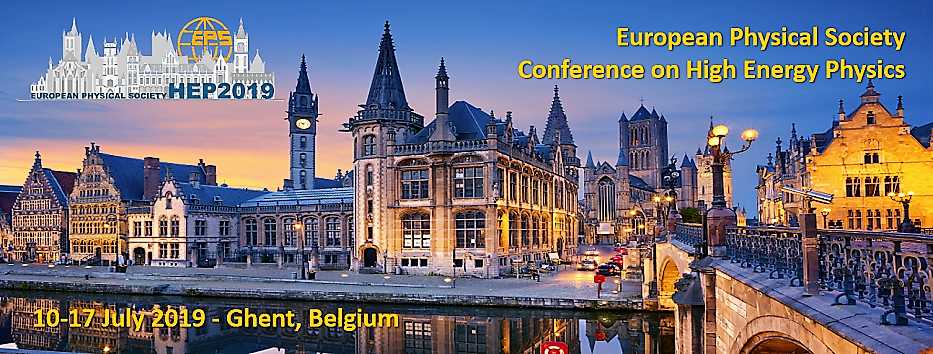Speaker
Description
The study of flow coefficients and in particular their higher orders, provides important constraints on the initial conditions and transport properties of the QGP. It has been shown that higher order flow coefficients ($n > 3$) have significant contribution from lower order initial spatial anisotropies giving rise to non-linear flow modes. Thus, these non-linear observables probe the contribution of the lower order initial spatial anisotropies, e.g. $\varepsilon_{2}$ and $\varepsilon_{3}$, to higher order flow coefficients.
In this talk, we present the first ever measurements of $p_{\mathrm{T}}$-differential non-linear flow modes, $v_{4,22}$, $v_{5,32}$, $v_{6,33}$ and $v_{6,222}$ of $\pi^{\pm}$, $\rm{K}^{\pm}$, $\rm{p+\bar{p}}$, $\Lambda$, $\rm{K}^{0}_{s}$ and $\phi$ in Pb-Pb collisions at $\sqrt{s_{\rm{NN}}} = 5.02$~TeV recorded with the ALICE detector. Interestingly, all the characteristic features observed in previous $p_{\mathrm{T}}$-differential $v_{n}$ measurements for various particle species are also present in the measurement of the non-linear flow modes, i.e. increase of magnitude with increasing centrality percentile, mass ordering and particle type grouping at the low and intermediate $p_{\mathrm{T}}$ regions, respectively.
Hydrodynamical calculations (iEBE-VISHNU) that use different initial conditions and values of shear and bulk viscosity to entropy density ratios are confronted with the data at low transverse momenta. This comparison provides increased discriminatory power in the study of initial conditions as well as a new stringent constraint to hydrodynamical calculations.
